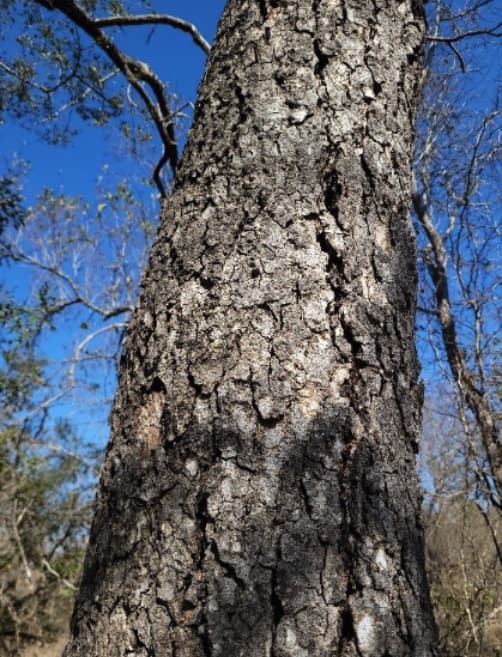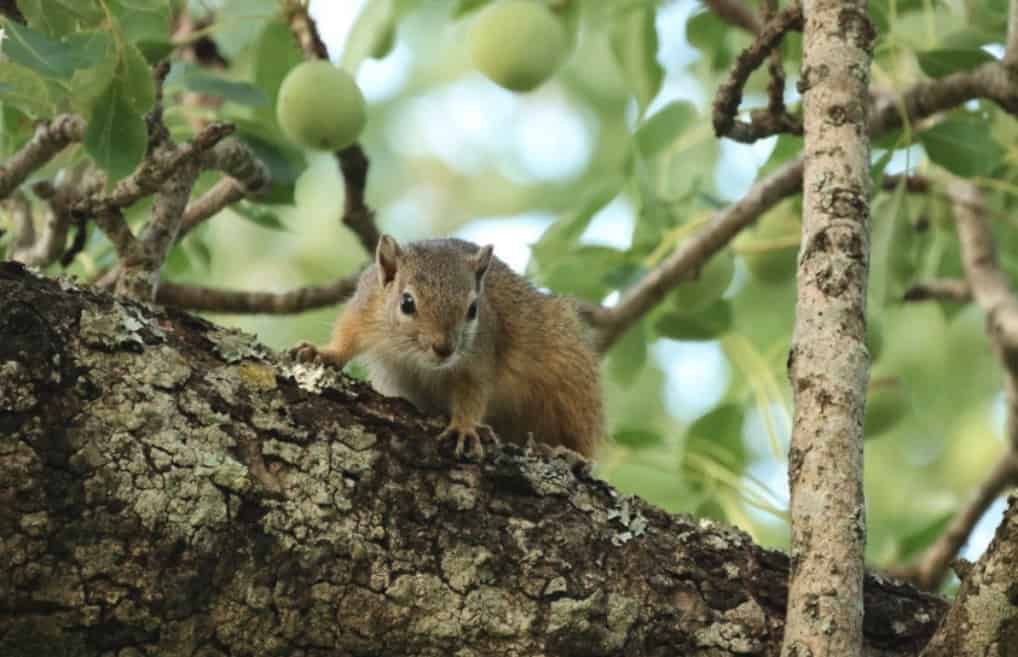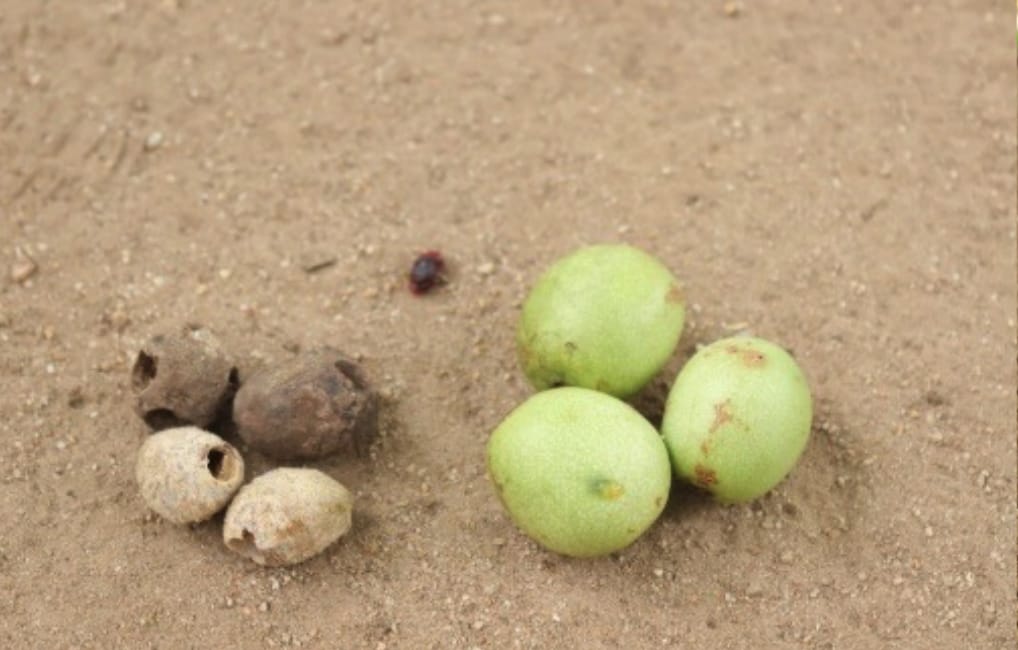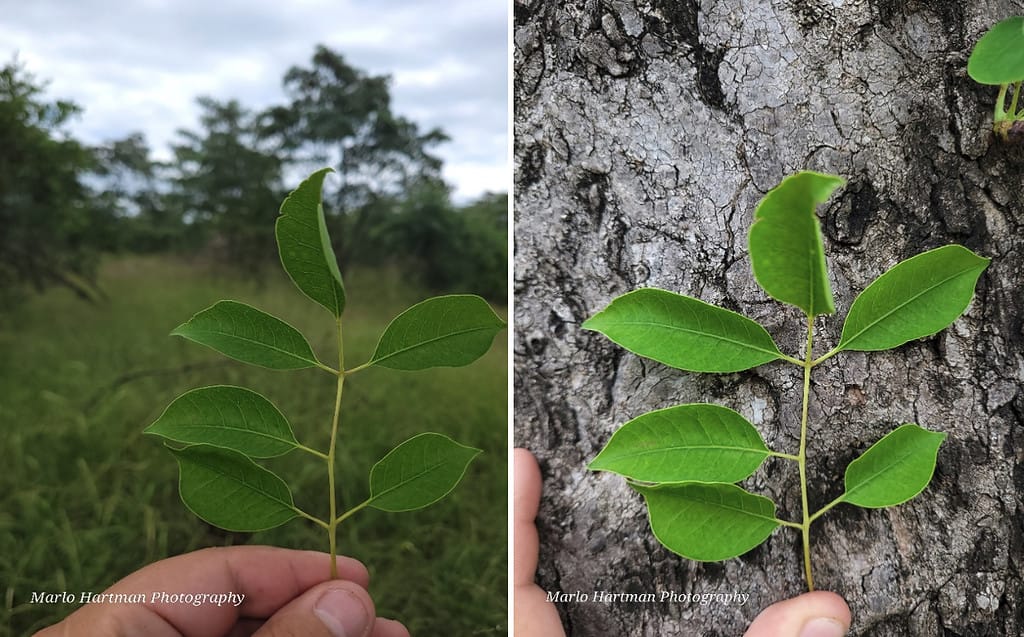The Magnificent Marula Tree
Article by Marlo Hartman (Guide at Idube).
The Marula tree is a medium-sized tree, with heights ranging from 7 to 17 meters. They have a spreading, rounded crown and are deciduous. The word “deciduous” is derived from the Latin word “decider”, which means “to fall off.” This type of tree is dormant in dry seasons and only make leaves during the rainy seasons. Just imagine how long these trees can go without leaves in our drier climate.
You may have the opportunity to see these beautiful trees and learn more about the Marula’s benefits for yourself at Idube Game Reserve. When you see a massive Marula tree, remember to appreciate it because there are not many big Marula trees left in the area. They are constantly being destroyed by elephants because these animals love to eat them, especially the bark, leaves and fruit. Unfortunately, when the bark is removed the vascular cambium layer (an inner layer) is exposed to insects, often resulting in the death of the tree. Always try and spot leopards in Marula trees, as they are frequently used by leopards to hoist their prey up into the tree to protect it from competing predators and scavengers.
Let’s explore all the uses of the Marula trees for humans, specifically:
Uses
The fruits have a strong aroma, may be fermented into a potent alcoholic beverage, a superb preserve, and a delectable, amber-colored jelly, all of which have a desirable nutritional value, given that the pulp contains four times more vitamin C than a regular orange. The Marula fruits ripen from January to March. Each fruit includes a single stone that contains two or three seeds that are high in protein-rich oil. Need lotion? The oil from from the seeds can be extracted and applied to the skin as a cosmetic. The nuts can be boiled in water and broken up to produce a form of porridge, or can be consumed raw.
The Marula tree’s bark serves a variety of purposes and is also employed in traditional medicine. For example, the astringent flavor of the bark makes it a popular remedy for treating diarrhea and dysentery. Additionally, according to traditional beliefs about this tree, a pregnant woman will occasionally be given the powdered bark to ensure that the unborn child will be of the desired sex. For a girl, she must take the bark from a female Marula tree, and for a boy, she must take the bark from a male Marula tree. The moist inner bark has antihistaminic properties against insect bites and hairy caterpillar burns. The inner bark of the tree may be used to produce a rope of a fair quality.





Did you know?
The Marula tree is drought resistant, but young trees are frost sensitive, and the Marula is one of the fastest growing trees in South Africa, with growth of up to 1.5m per year!!!
Even the leaves are important. It is thought that the initial flush of leaves, when consumed and mixed with brandy or powdered and ingested, effectively prevents malaria and treats fever. An essence created from the leaves is used to heal burns and abscesses.
People must protect and conserve the Marula tree, as it is not just an important tree for the environment, but also for us! Next time you visit Idube, ask your guide about a Magnificent Marula.

Sources:
- Venter, F. & J-A. Fifth impression 2019. Making the most of Indigenous trees. Briza Publications, Pretoria.
- COATES PALGRAVE, K. 1983. Edited by MEG COATES PALGRAVE, new edition. Trees of Southern Africa. Struik Nature, Cape Town.
- Photo Credits: Marlo Hartman & FJ Mammes




